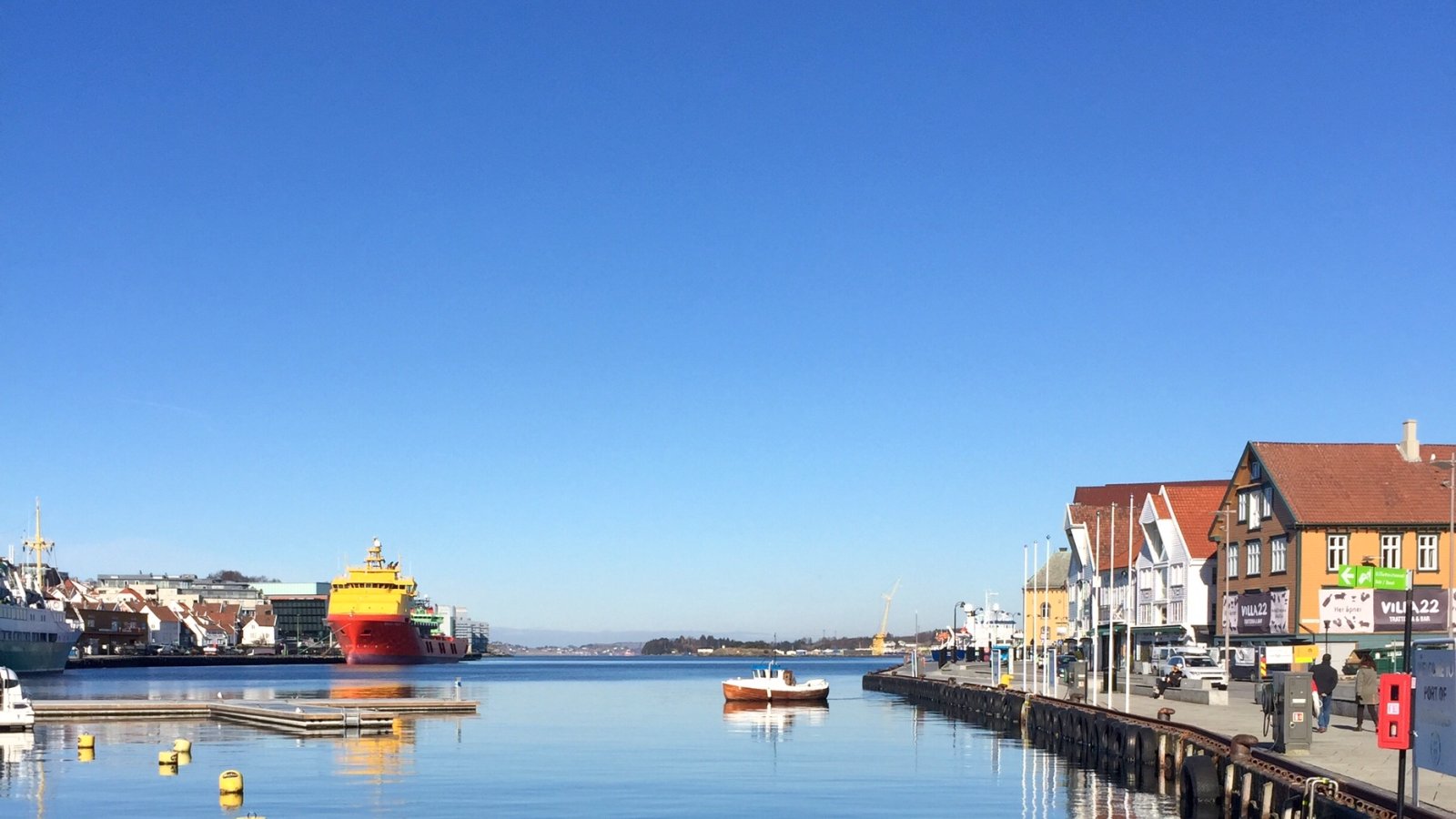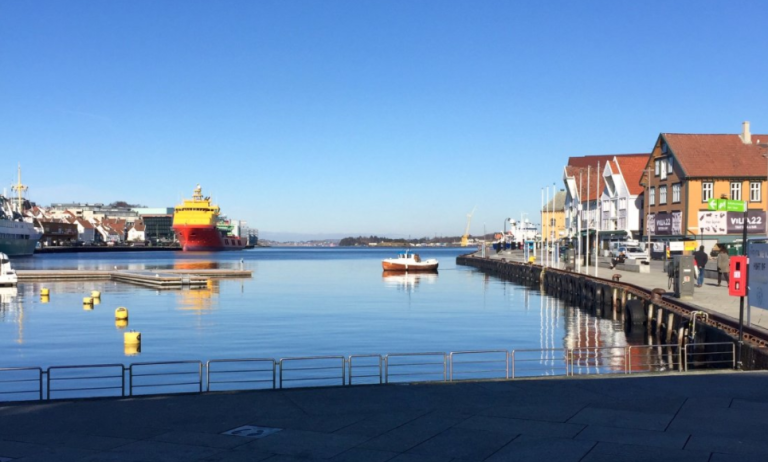
Stavanger City
Stavanger is the fourth largest city of Norway with a population about 120,000 people, and a fascinating mix of old and new. Its history stretches back deep into the Middle Ages. Stavanger was once a tranquil coastal market town and then later an important fishing port. Stavanger is famous as Oil capital of Norway. In 1969, a new boom started as oil was first discovered in the North Sea. After much discussion, Stavanger was chosen to be the on-shore centre for the oil industry on the Norwegian sector of the North Sea.

Gamle Stavanger (Old Stavanger) is a well preserved slice of Norwegian history. Old winding streets and wooden houses are representative of accommodation from Stavanger’s days as a the canning capital of Norway. Most houses in Old Stavanger are privately owned and well kept.
The Stavanger Oil Museum is a very interesting building with fascinating information on Norway's oil industry. Displays of submersibles, drilling equipment, a mock oil platform, and audio-visual presentations make for a good few hours. The museum caters for all ages. A good place for a photo opportunity are the Three Swords (“Sverd i fjell", literally Sword in Mountain), a monument outside the centre of Stavanger, beside the Hafrsfjord. The swords themselves are massive and in the background is the fjord. The monument commemorates the battle of Hafrsfjord in the late 800's where Harald Hårfagre beat his eastern opposition and became the first King of Norway.
Sculptures - In 2000 the mobile installation Another Place by British sculptor Anthony Gormley was placed on and off Sola beach. A few years later a new and permanent installation Broken Column, by the same artist, was placed at various locations surrounding the centre of Stavanger.
The seasons control what to do in Stavanger. Stavanger has a maritime climate, with cool summers and mild winters. Summers features periods of warm and nice weather, sometimes can be rainy as well. Winters usually mean more rain than snow in Stavanger, although going into the mountains will ensure snow.
- Hiking and climbing around Stavanger is the best way to see the fantastic landscape. Many of the trails have been marked out by DNT (Norwegian Trekking Association) with rocks having a red "T". “Turistforening hyttes" (cabins) provide simple accommodation in the mountains. Also mountain bikes can be hired and taken on the trails. The Pulpit Rock (also famous as Preikestolen) at Lysefjorden definitely worth your attention. It’s one of Norway’s major tourist magnets. Over 250 000 people heading out on the breathtaking mountain plateau every year.
- Solastranden (Sola Beach) is a long sandy beach by the airport. It is very popular in the summer and allows for some small waves for surfing. Along the beach, in the dunes, are the remains of defences from the 1940-45 occupation. There are other beaches all along the coastline (Bore, Ølberg, Orre).
Check out Visit Stavanger or Region Stavanger for more information.

